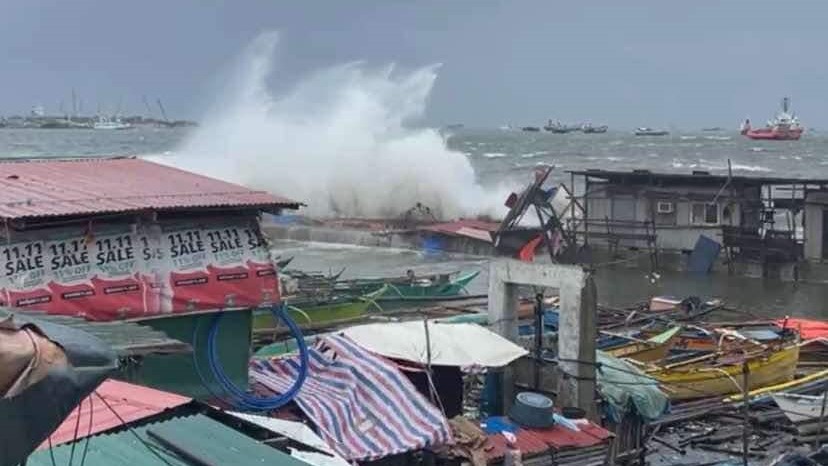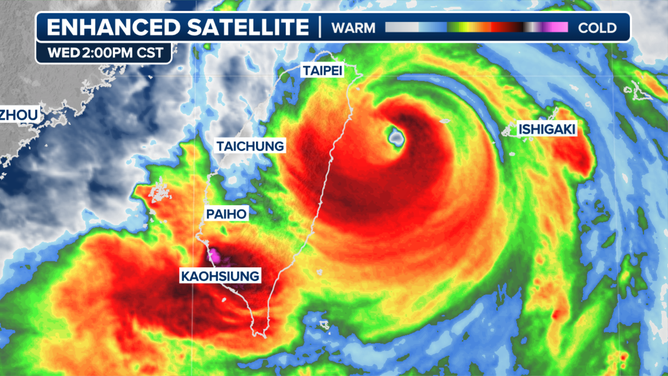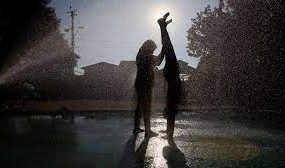The effects of the typhoon “Carina” (also Gaemi) brought heavy rains and flooding to the Philippines on 21 July. This resulted in the displacement of thousands of families and individuals.
Affected Areas and Population
A total of 1,445,819 families or 5,194,657 persons have an effect on 4,420 barangays across 11 regions in the country. The regions most severely impacted included Region 3 (Central Luzon) accounted for approximately 63% of the total affected population, or around 3 million people.

Typhoon Carina’s Trajectory
Typhoon Carina continued to intensify as it moved across the northern part of the Philippines, causing widespread flooding and damage. The Marikina River’s water level reached 20.6 meters in areas also expected to be affected.

Agricultural Losses
The impact of Carina led to significant agricultural losses, particularly in the province of Pampanga. Its damages across various sectors amounted to 52.9 million pesos. Major crops such as rice, corn, and vegetables were severely impacted, leading to widespread crop loss for farmers. Livestock were also displaced or lost.

Impact on Fishermen
In addition to the widespread agricultural damage, the typhoon and flooding also had a significant impact on the fishing industry and the livelihoods of fishermen in the affected regions. Many fishing boats and equipment were damaged or destroyed, leaving fishermen unable to continue their work. This disruption to their primary source of income has further exacerbated the challenges faced by these communities.
Emergency Response and Recovery
Local authorities set up response teams to monitor the situation and provide assistance to affected communities. Recovery efforts focused on financial aid, restoration programs, and long-term resilience initiatives to help the affected populations, including fishermen, rebuild their lives and livelihoods.

Impact on Children
UNICEF expressed deep concern for the welfare of children in the affected regions, as the disaster has disrupted access to essential services and compromised their safety and well-being. The disruption to the fishing industry and the loss of income for families may have particularly severe consequences for children, who may face increased vulnerability and reduced access to education, healthcare, and other essential services.

In the face of this disaster, the resilience and community spirit of the Filipino people shines through. Neighbours are coming together to support one another, and relief organizations are mobilizing to provide essential aid. With continued solidarity and assistance, the fishermen impacted by Typhoon Carina can rebuild their lives and livelihoods. Keep following!














